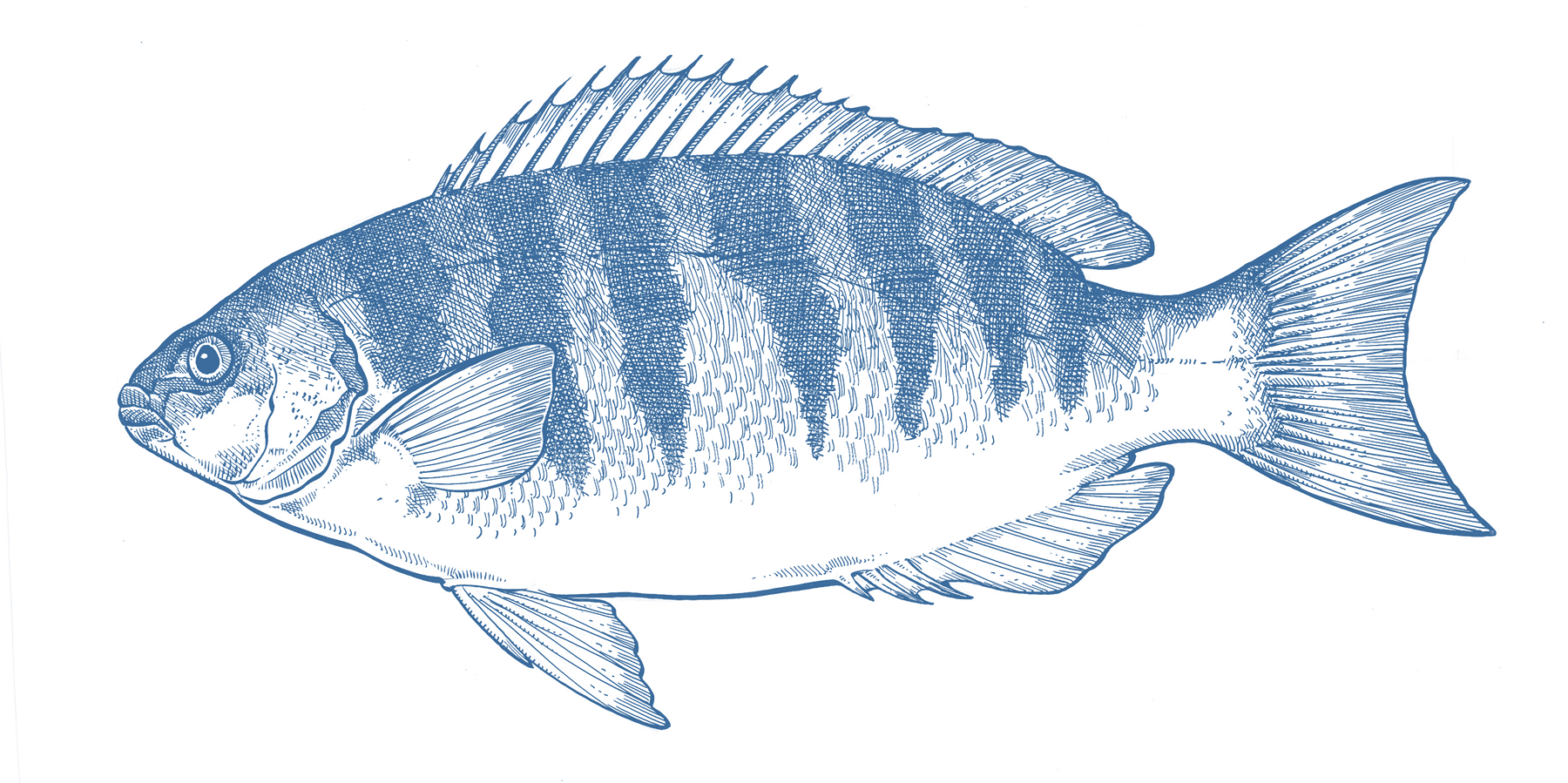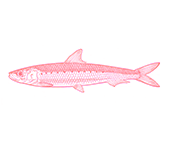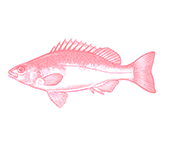




- Eat Less
Wild Caught
Region:
NSW
- Luderick is mostly caught using gillnets, and also by haul seine nets, in estuaries throughout New South Wales.
- Luderick populations in NSW are considered healthy.
- The nets used to catch luderick generally have a low impact on habitats.
- Fishery impacts on threatened species appear minimal, although there has been no independent observer coverage in recent years.
- Fishing targeting luderick is likely hindering the recovery of an overfished species, Mulloway.
- Bycatch of threatened and protected species may be low, but there is concern over the absence of any reliable information collection program.




Luderick is an affordable fish, often overlooked despite being approachable and easy-to-cook. Its soft, mild-flavoured flesh can be pan-fried, barbecued or baked. It is a humble species that can be used in similarly humble dishes – try cutting it into chunks to drop into a soup, curry or stew. Luderick can also be cooked with Asian flavours such as coriander, lemongrass and ginger.
- NSW Estuary General Fishery, NSW Ocean Haul Fishery (252t in 2020/21)
Luderick are omnivorous fish found throughout Eastern Australia and New Zealand (where they are known as Parore). They are generally restricted to shallow coastal waters and estuaries along the east coast, between southern Queensland (around Noosa Heads) and Tasmania. Luderick are often found in large schools around rocky outcrops and jetties. They form large migratory schools in Winter, when much of the commercial catch is taken. Luderick are caught using demersal gillnets and haul seine methods, with the largest fishery occurring in NSW’s Estuarine General Fishery.
Luderick populations in NSW are poorly understood but appear healthy. Commercial catches have reduced in recent years as fishery reforms have alleviated fishing pressure on the species. Marine parks and extensive commercial fishing closures in estuaries likely provide a degree of protection and resilience.
Fishing for luderick generally takes place in estuaries and nearshore environments using various types of nets, all of which have a low impact on habitats. As fishers are present at the nets during fishing, endangered wildlife can be released alive. It is also likely that these fisheries have a low catch of threatened and protected species based on previous independent observer records of bycatch in NSW, although there has been no observer coverage to verify logbook reporting of threatened species interaction reporting since 2009. While there is no observer coverage, it is highly unlikely that there are significant interactions with endangered wildlife.
The NSW fishery also catches mulloway, a species that is overfished in NSW. While the overfished status of mulloway is primarily a result of recreational fishing pressure, the commercial fishery has a significant catch that is likely to be hindering recovery of the species.


